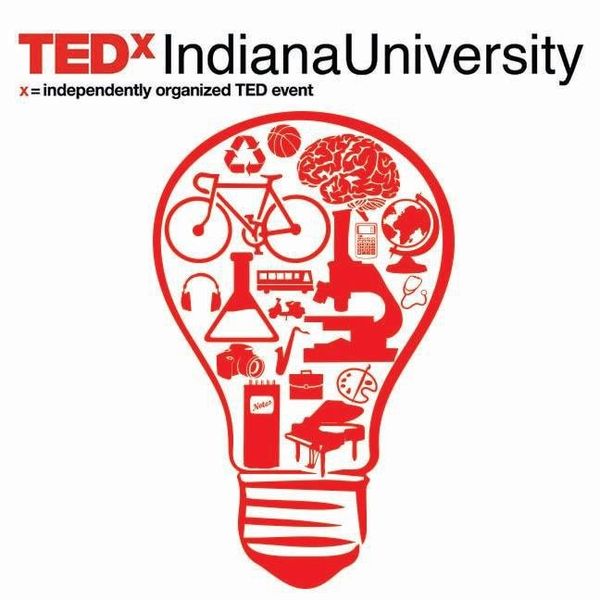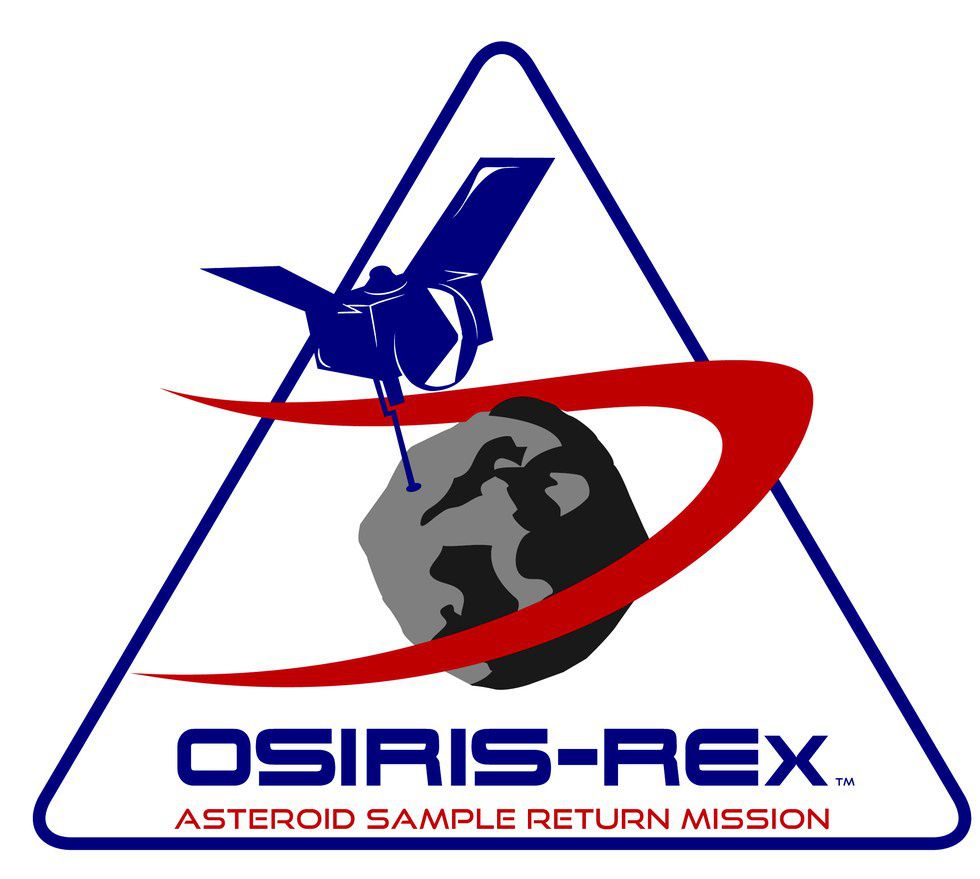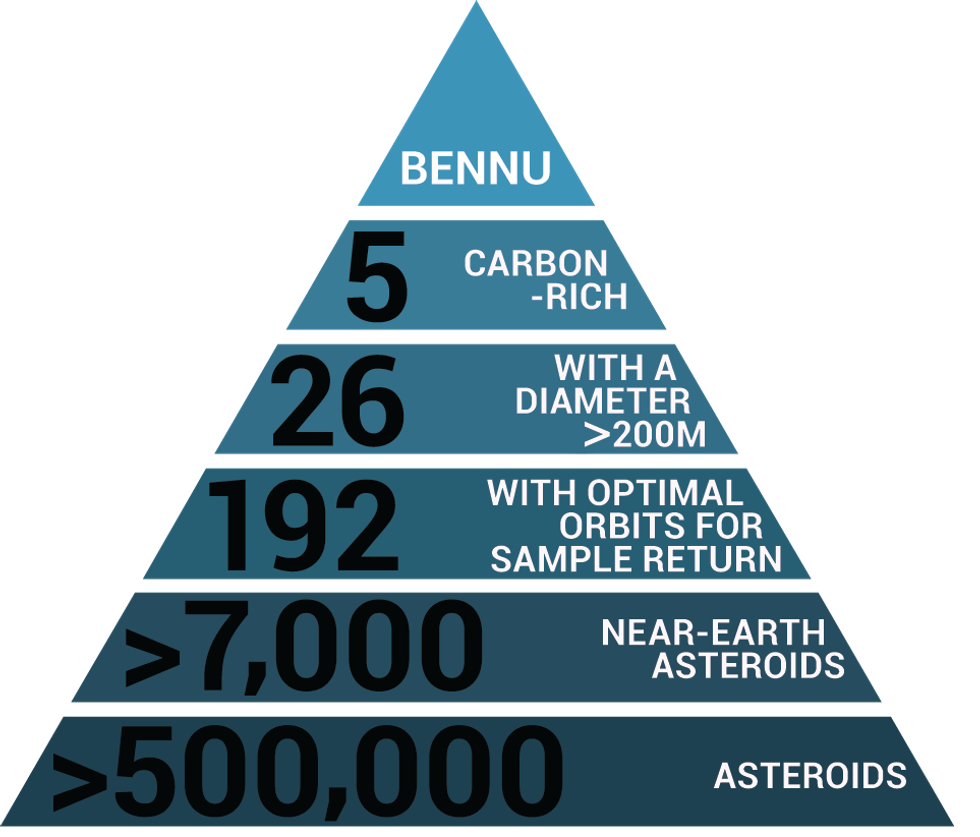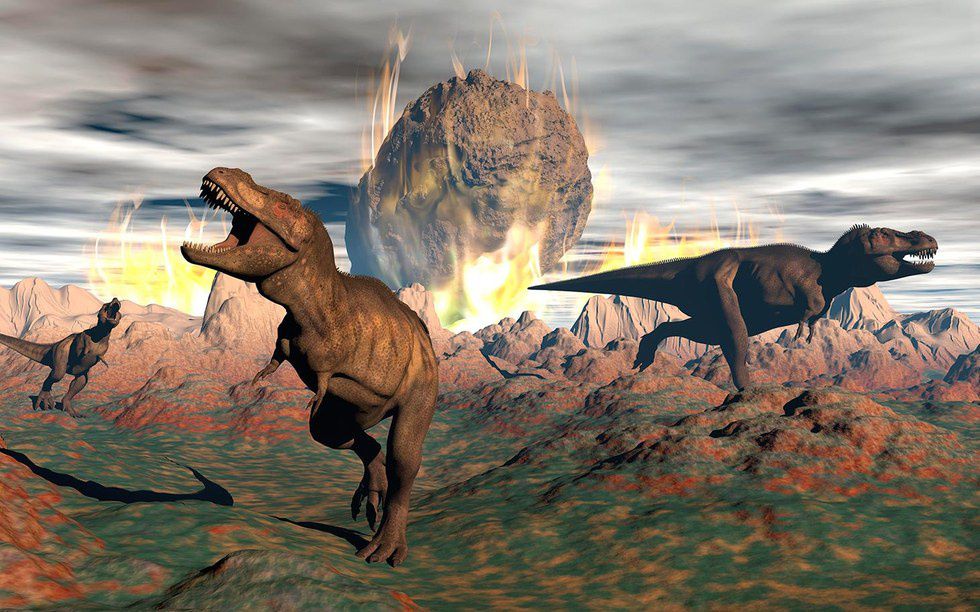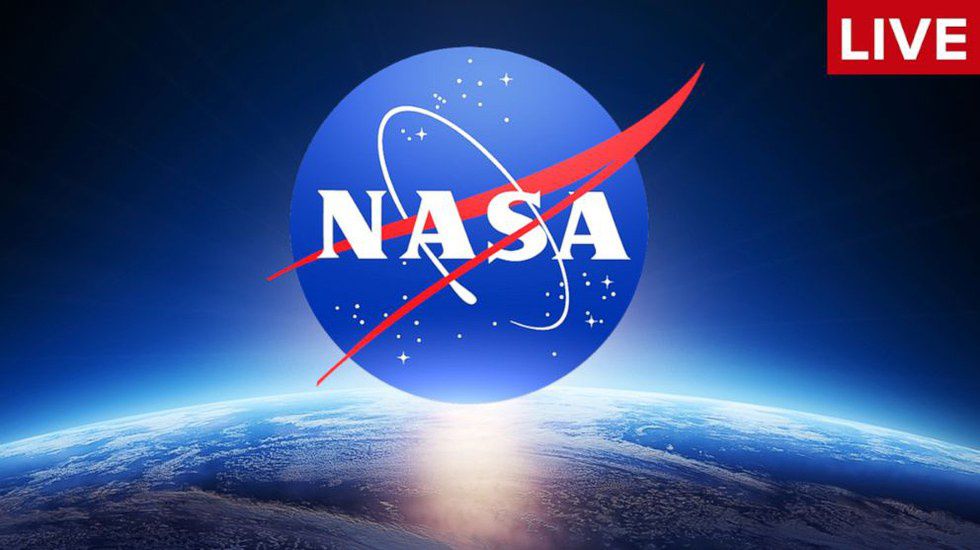Origins Spectral Interpretation Resource Identification Security-Regolith Explorer (OSIRIS-REx)
OSIRIS-REx is a spacecraft designed to visit, explore and collect samples from an asteroid named Bennu. The spacecraft will begin its round-trip expedition on September 8, 2016 at Kennedy Space Center in Florida. The objective of this very hopeful mission is to send this high-tech spacecraft to an asteroid, collect samples to study the compositions of our near-by Asteroids, create global mappings of the celestial object, test the Yarkovksy effect and bring it all back to Earth. So why is this exciting?
1. This is the first big project to target an asteroid for a sample return mission.
We have sent spacecraft all over our galaxy to collect pictures, sounds, or samples, to our nearby planets and other celestial objects. Past missions have included sending spacecrafts to Mars, Venus, recently to orbit Jupiter (Juno) and many many more. However, OSIRIS-REx is the first big project to target an actual NEO (Near-Earth Object) asteroid. With that being said, this is what makes this mission very special and keeps the scientists anxious to see what they will find out in the future; because whatever it is they find, it will be never-before-seen content.
2. Scientists narrowed down the mission to one asteroid out of over 500,000 known asteroids.
This process itself is one huge reason to be excited about the OSIRIS-REx launch. There are over 500,000 known asteroids, but only 7000 of them are NEO. But why was Bennu selected out of these 7000? Out of those 7000, only 192 of them had a qualifying orbit which had to be very Earth-like. Next, scientists had to narrow it down by diameter. The asteroids with smaller diameters rotate much more rapidly than the larger ones. The ideal asteroid had to be over 200m in diameter, so the rapid motions don't eject the spacecraft away. This narrowed the list down to 26 asteroids and from this only 5 had the perfect chemical composition.
3. This mission secures the future by pioneering asteroid science.
Since asteroids are the direct remains of planets, they can teach us a lot about our own planet and other planets, as well. It is believed that dinosaurs went extinct because of a large asteroid. If we learn more about asteroids and their orbits, we can secure our future by keeping asteroids away from our planet.
4. The Yarkovsky Effect
The Yarkovsky Effect is the change in orbit of an asteroid by the thermal heat it releases. This can help scientists study the orbits of various asteroids and can even predict if any of them are dangerously close to our planet.
5. Finally, you can watch the launch!
One reason to be super excited about this launch is that if you are anywhere near the Kennedy Space Center you can probably view the launch in person from the viewing area. If you're as unlucky as me, you can watch the launch live on NASA.TV.
OSIRIS-REx is scheduled to launch Sept. 8, 2016, at 7:05 p.m. EDT in The Kennedy Space Center in Florida.


